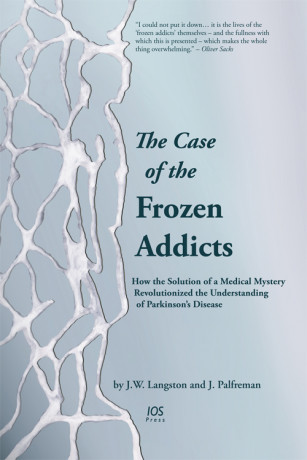It was only in the early 1980s that the first tangible evidence connecting a toxicant with neurodegeneration came to light. In a tragic experiment of nature, a group of drug users in California accidentally injected themselves with a bad batch of designer heroin and began suffering from symptoms closely resembling those of Parkinson’s disease. Investigators traced the batch to a back-alley chemist who had synthesized the drugs and found that he had mistakenly created a neurotoxin precursor known as MPTP as part of the concoction. As it turned out, MPTP also resembled aspects of the chemical makeup of paraquat, a common herbicide, opening the door to the notion that perhaps chronic exposure to synthetic toxins was triggering Parkinson’s in aging patients the same way that the bad batch of heroin had in the users. Since then, advancements in molecular and genetic testing have continued to reinforce the idea. Recent studies have linked brain disorders with chronic exposure to cyanobacterial blooms, pesticides, air pollution and numerous other toxicants. Some researchers have gone so far as to describe Parkinson’s disease in particular as “man-made.”



MPPP is not heroin; do words just not mean anything anymore?
It was advertised as a batch of heroin. Who’d see “MPPP” and think “oh yeah, dopamine!”?
I love your choice of the word “advertised”. Like there was a billboard, it was on sale, and there were coupons in the Sunday paper.